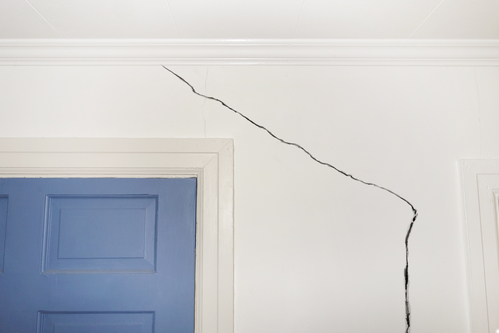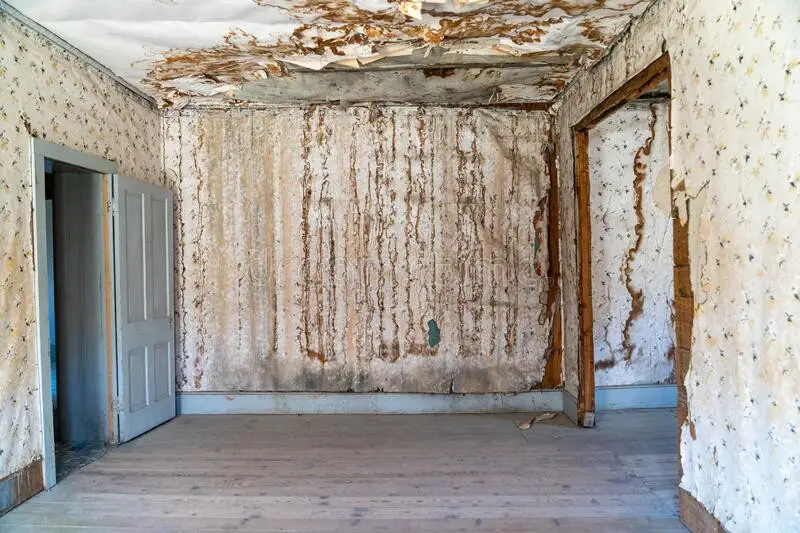When Walls Speak - Understanding And Fixing Water Stains
When Walls Speak - Understanding And Fixing Water Stains
Blog Article
What are your opinions regarding How to Find and Repair Water Leaking in the Wall?

Water discolorations on walls are not enjoyable to the eyes. Occasionally it seems practically inescapable to experience water stains on walls in residences.
Homeowners residing in moist regions continuously take care of the anxiety of water stains on walls. However that does not have to be the case for you. With precise and also well-rounded information on the reasons for water spots as well as punctual repair procedures, you will always be a step ahead of such incidents. So, this write-up assures to be a helpful guide for you.
3 Typical Root Causes Of Water Spots on Wall Surfaces
In contrast to popular belief, water stains on walls do not always stem from poor structure products. There are numerous sources of water discolorations on wall surfaces. These consist of:
Moist
When hot moist air meets completely dry cool air, it creates water beads to base on the wall surfaces of structures. When there is steam from cooking or showers, this occurs in bathrooms and also cooking areas. The water beads can tarnish the bordering walls in these parts of your house as well as spread to other areas.
Damp or condensation affects the roof and also wall surfaces of structures. This triggers them to appear darker than other areas of the residence. When the wall surface is wet, it develops an appropriate atmosphere for the growth of fungis as well as microbes. These may have damaging results on health and wellness, such as allergies as well as respiratory problems.
Poor Drainage
When making a structure plan, it is crucial to make sure sufficient water drainage. This will prevent water from leaking right into the wall surfaces. Where the drain system is clogged or nonexistent, below ground wetness develops. This links to too much dampness that you discover on the walls of your structure.
The leading reason of damp walls, in this instance, can be a bad drainage system. It can also result from poor management of sewer pipes that go through the structure.
Pipe Leaks
Many homes have a network of pipes within the walls. This makes certain that the pipes are well away from the reach of harmful rodents. It constantly enhances the viability of such pipelines, as there is little oxygen within the walls. This inhibits rust.
A drawback to this is that water leak impacts the wall surfaces of the building and also causes prevalent damage. A dead giveaway of defective pipelines is the appearance of a water discolor on the wall.
Pro Idea
A houseplant in your house likewise raises its humidity. So, if your house is already damp, you might want to present houseplants with minimal transpiration. An example of ideal houseplants is succulents.
Water Stains on Wall Surface: Fixing Tips
When dealing with water stains, property owners would usually want a quick solution. Yet, they would soon recognize this is disadvantageous as the water stains repeat. So, here are a couple of handy tips that will assist you in the fixing of water stains on walls:
Conclusion
No one wants to have water stains on walls in their home, it can happen to the best of us. This article offers you utilize, as you currently recognize just how to manage this incident if it does take place.
It is always best to hire expert services to aid repair the damages in your house.
In some cases it appears nearly unavoidable to experience water discolorations on walls in homes.
In contrast to popular idea, water spots on walls do not constantly stem from poor structure materials. There are numerous reasons of water stains on wall surfaces. The water droplets can tarnish the surrounding wall surfaces in these parts of your residence as well as spread to other locations.
Here are a couple of useful pointers that will lead you in the repair work of water discolorations on walls:
CHECKING FOR WATER DAMAGE
Water damage can be costly, and it may begin before you even notice the first signs of trouble. Water damage can cause mold and mildew in your walls and floors, which can create an abundance of health concerns for your family. It can also lead to costly repairs of various appliances and general home fixtures. To avoid the pricey consequences of water damage, here are Warner Service’s top 5 places you should check:
The walls – The easiest place to spot the beginnings of water damage is on the walls and ceilings of your home. If water damage is present, there will most likely be water stains, especially around the windows and doorframes, and/or cracks in the drywall. If a stain looks unusual (discolored to brown, black or gray, raised texture), has a swollen appearance or is soft to the touch, contact a professional immediately. The pipes – To avoid water damage, consistently check the pipes in your kitchen (especially the dishwasher and ice maker), bathrooms, laundry room (specifically washing machines) and basement for corrosion, leaks and water stains. Pay special attention to where the pipes connect in your home and the location of caulking around the bathroom fixtures, including toilets, sinks, showers and tubs. Missing or loose caulking and grout could be signs of leaking water. This seepage can also quickly cause mold and rust, so double check your water heater and tank for wet spots on the floor. The floor – Water damage is very easy to spot on the floor. Look for any warping or buckling of the material, especially in the basement. If your home has wood flooring, look for bright white or dark stains. If your home has carpeting, keep it dry and clean. A damp carpet that smells of mold could cause water damage and health problems. To avoid this, consider installing floor pans under your appliances to help prevent damages from small, slow and undetected leaks. The basement and attic – If your basement or attic smells odd check for mold and mildew around the area, especially the valley where the roof meets. While you are inspecting those areas, check for wall cracks, floor stains, rust and dampness in the insulation. If you live in a colder and/or rainier climate, perform routine checks for water damage from melting snow or ice and rain. The exterior – Check the roof for damaged flashing and missing, cracked or curled shingles. There should also be no standing water anywhere outside your home. This could be caused by puddles, leaky rain gutters or hoses, poor drainage, or short gutter spouts. Invest in a sump pump system or water flow monitoring system, and perform routine maintenance on these outdoor appliances to avoid indoor water damage.

As an enthusiastic person who reads on , I imagined sharing that excerpt was a good thing. Sharing is good. Helping others is fun. I praise you for your time. Don't hesitate to stop by our website back soon.
Call Us Now
Report this page